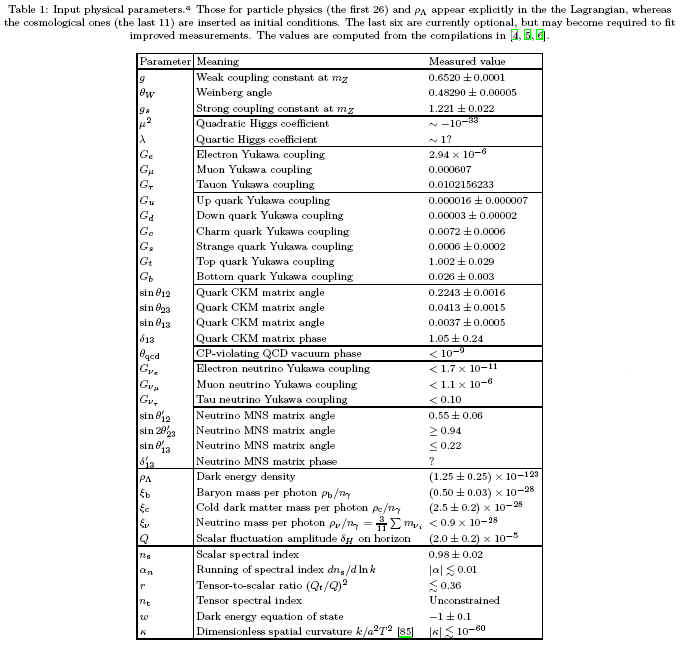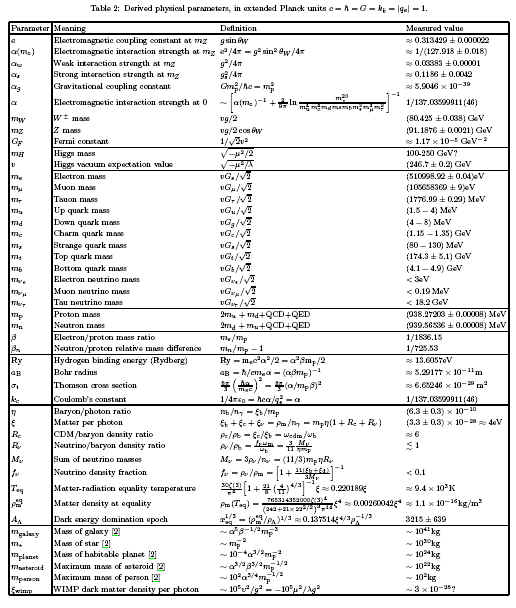[UPDATED 11/15/07 – 1958 MST]
I have added some quotes by Hugh Nibley from 1952, showing that the idea of other people outside of the Book of Mormon inhabiting the Americans is neither new nor unique.
====================================
There’s a bit of a buzz going on in media covering LDS topics (The Salt Lake Tribune, The Deseret News, LDS and, I suspect, anti-LDS blogs), because of a change that the LDS Church has made in the (non-canonical) introduction to the Book of Mormon:
The book’s current introduction, added by the late LDS apostle, Bruce R. McConkie in 1981, includes this statement: “After thousands of years, all were destroyed except the Lamanites, and they are the principal ancestors of the American Indians.”
The new version, seen first in Doubleday’s revised edition, reads, “After thousands of years, all were destroyed except the Lamanites, and they are among the ancestors of the American Indians.”
LDS leaders instructed Doubleday to make the change, said senior editor Andrew Corbin, so it “would be in accordance with future editions the church is printing.”
(Peggy Fletcher Stack, “Single word change in Book of Mormon speaks volumes”, Salt Lake Tribune, November 8, 2007)
It’s a good change, and as I noted in a comment to a post on another blog on this same news, it’s significant not because it reflects current theories on the populating of the Americas but because it also more accurately reflects the Book of Mormon itself.
The racial and cultural picture of the Book of Mormon is anything but the oversimplified thing its critics have made it out to be.
— Hugh Nibley, “The Mormon View of the Book of Mormon,” Concilium: Theology in the Age of Renewal 30 (New York: Paulist Press, 1968): 170-173 (reprinted in Nibley on the Timely and Timeless [BYU Religious Studies Center, 1978]).
I might add to Nibley’s statement “…or its supporters”. This, in fact, has been a major theme of Nibley and FARMS (now Maxwell Institute) scholarship on the Book of Mormon: pointing out what the Book of Mormon actually depicts as opposed to what we think it depicts.
I believe that we as a church — including at times our leaders — have formed generalizations and models regarding what the Book of Mormon describes that, with closer study, aren’t actually supported by the text itself. The classic example of this is the “hemispheric geography model” that was generally held by Church leaders and members through much of the past 175+ years. Because the Book of Mormon speaks of a “land northward” and a “land southward” as well as a “narrow neck of land”, the assumption was made that it referred to North and South America, with the Panamanian Isthmus being the narrow neck. However, many LDS scholars who analyzed the text itself reached quite a different conclusion: that the region described in the Book of Mormon is no more than a few hundred miles in length and width, if that much. This became known as the limited geography model, and it pretty much is the foundation of modern serious Book of Mormon analysis and research.
Similar assumptions have been made over the years as to whether all indigenous peoples on the American continents descended from Lehi and his party. A close reading of the Book of Mormon, particularly the first few books, strongly suggests that the divided Lehite party — led respectively by Laman (Lamanites) and Nephi (Nephites) — found and absorbed (or set themselves up as rulers of) pre-existing indigenous populations in the Mesoamerican region (e.g., see this article, written 15 years ago).
“Turning to the Book of Mormon, is it not possible there also to fall into the old sectarian vice of oversimplifying? Are there not many Latter-day Saints who will insist that every American of pre-Columbian descent must be a Lamanite because, forsooth, there were once Nephites and Lamanites, and the Nephites were destroyed? Yet the Book of Mormon itself makes such an interpretation impossible.”
— Hugh Nibley, 1952 (found in The Collected Works of Hugh Nibley, Vol. 5: Lehi in the Desert / The World of the Jaredites / There Were Jaredites, [Deseret Book/FARMS, 1988], p. 237.)
Beyond that, the Book of Mormon itself makes it clear that at least one population group — the Jaredites (who most likely came via Asia) — had already been in the Americans for 1500-2500 years prior to the Lehites arrival, while another group — located at the city of Zarahemla but commonly called the Mulekites, though no such appellation appears in the Book of Mormon — apparently arrived in the Americas roughly the same time as the Lehites. The three groups had little or no formal contact with another for several centuries, but splinter populations from the other two groups may well be among the indigenous peoples that the Lehites encountered. There are also some hints in the minimal Jaredite record that they may likewise have found and merged with pre-existing indigenous groups (again, see this article, towards the end).
(Sidebar: Orson Scott Card has opined that the ‘Mulekites’ may actually have been a true indigenous group rather than a second band of Middle East refugees; see this article and scroll down to ‘Speculation on Zarahemla’. Actually, read the whole article; it’s well worth the time.)
Genetic dispersal and the mathematics of genealogy seem sufficient to spread the ‘Lamanite’ heritage around among any major pre-Lehite (indigenous) populations in the Americas during the 2100 years between the arrival of Lehi and the arrival of Columbus. For example, it appears that virtually everyone who has European ancestry is descended from Charlemagne and Muhammad; not because those two men populated an empty Europe single-handedly, but because their lineages survived long enough to spread throughout the population that already existed. Similarly, given the fact that population groups were splitting off from the Lehites on a regular basis (e.g., cf. Alma 63:4-10), as well as the relative isolation of the Americas up until 1500 AD, there would appear to enough time (see this article as well as this one) for Lehite ancestry to spread throughout much of North and South America. (As for the “traceable DNA” issue, see this article.)
There is not a word in the Book of Mormon to prevent the coming to this hemisphere of any number of people from any part of the world at any time, provided only that they come with the direction of the Lord; and even this requirement must not be too strictly interpreted, for the people of Zarahemla “had brought no records with them, and they denied the being of their Creator” (Omni 17), i.e., they were anything but a religious colony. No one would deny that anciently “this land” was kept “from the knowledge of other nations” (2 Nephi 1:8), but that does not mean that it was kept empty of inhabitants, but only that migration was in one direction — from the Old World to the New; for even as Lehi was uttering the words just quoted, the Jaredites were swarming in the east, and the old man referes to others yet to come, “all those who should be led out of other countries by the hand of the Lord.” Must we look for all these in the book of Mormon?
— Hugh Nibley, 1952 (found in CWHN, Vol. 5, pp. 251-252)
In short, the concept that all native Americans then present from Alaska to Tierra del Fuego when Columbus arrived in 1492 belonged to a population solely created by and descended from Lehi and his party is a straw man perpetuated by Mormons, non-Mormons and anti-Mormons alike. It is neither required nor supported by the Book of Mormon, any more than the hemispheric geography model is. Nor is this a novel idea within LDS circles, any more than the limited geography model is somehow new or recent (it’s not).
As I said, the change is a good one. ..bruce..
Other and related postings on this topic:
- Times and Seasons (LDS blog)
- We Might Be Windmills (LDS blog)
- Faith Promoting Rumor (LDS blog)
- The Deseret News (Utah newspaper)
- The Juvenile Instructor (also this post) (LDS blog)
- Patterico’s Pontifications (non-LDS blog)
- Mormon Inquiry (LDS blog)



